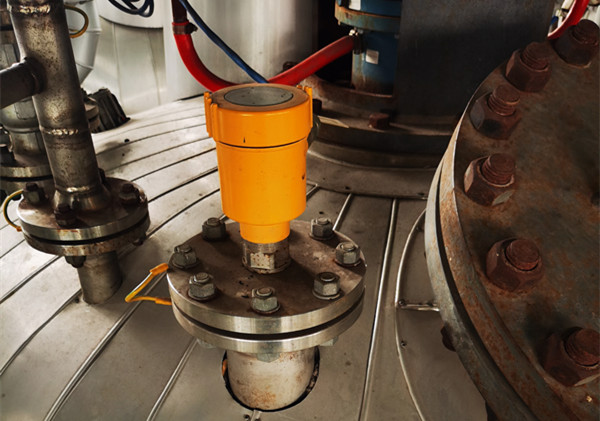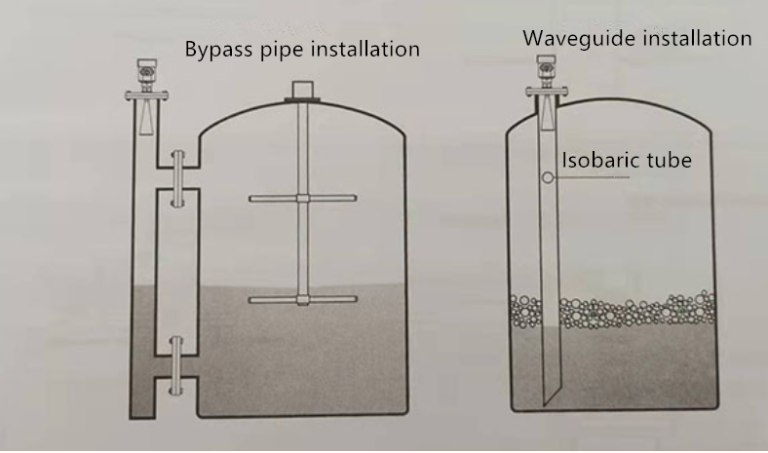How to install a radar level meter in a storage tank with a heating coil. Next, we start with a case study to understand the influence of the heating coil on the radar level meter measurement.

Case.
Client name: A chemical plant
Service location: Ningxia
Detailed site conditions (temperature, pressure, medium): liquid alkali, hydrochloric acid, tert-butanol
Which instruments are used on site: RD902
The situation on site: jumping and inaccurate measurement
Judgment analysis: interference inside the tank
Solution: There is a heating coil inside the tank, the radar is facing the heating coil, change the radar installation position to avoid the heating coil.
From this case, it can be seen that if there is a heating coil inside the tank, an interference signal will be generated, which will have an impact on the real signal. If the interference signal is too large, the measurement will be inaccurate. The most straightforward way to solve this problem is to change the installation location. But how do you change it? What is the appropriate position to change to?
Usually, when there are obstacles such as heating equipment in the tank, there are two options.

The first type: the radar level meter is installed in the waveguide tube. This type of installation avoids the influence of obstacles in the tank on the return signal of the radar level meter and ensures accurate measurement.
The second type: the radar level meter is installed in the bypass tube. It serves the same purpose as the installation in the waveguide tube, both avoiding the influence of obstacles on the return signal and ensuring accurate measurements.
However, whether installed in a waveguide tube or in a bypass tube, the right material must be selected and the inner wall must be kept smooth and burr-free. Moreover, there is a taboo for installing radar level meters inside the wave-guide tube, that is, viscous media cannot be measured inside the wave-guide tube, so when choosing the installation method, you must pay attention to the media inside the storage tank.
In practice, in real-life scenarios, there may be heating coils inside the tank, there may be level switches, there may be various supports, etc. When installing the radar level meter, it is important to divide the situation and choose the most suitable installation method
